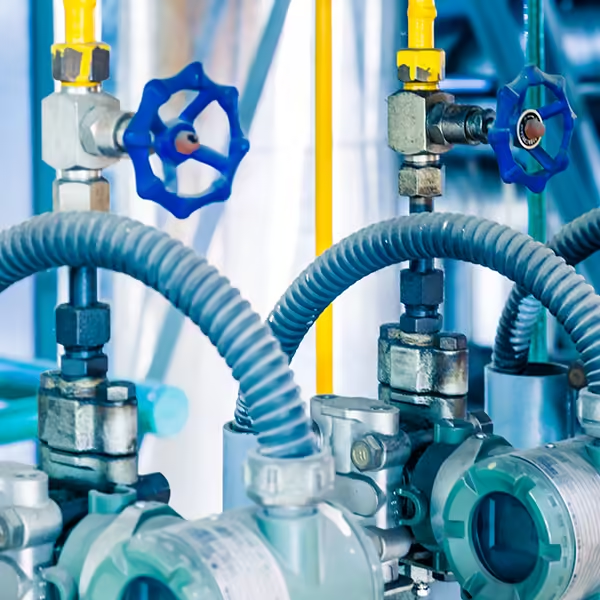Transition joints are widely used in our daily lives, especially in pipeline connections and cable laying, and have become an essential tool, playing a crucial role in the development of new infrastructure. As the most mainstream connector product currently available, I will now introduce to you the uses of transition connectors? What issues should be noted during use?
What are the uses of transition joints? What issues should be noted during use?
1、 What are the uses of transition joints
The use of transition joints is currently very extensive, mainly serving to connect two different types of pipelines, especially in the fields of telecommunications and power, where their role can be seen. For example, when a pipeline cannot be bent due to its material, an excessive joint needs to be used to connect the two pipelines in order to achieve the bending effect.
2、 Precautions for ferry joints
During the installation of transition joints, it is necessary to ensure that the diameter of the pipeline used is consistent with the diameter of the transition joint, and to take measures to prevent leakage and corrosion during the installation process. After all, whether the pipeline is used to protect cables and optical fibers or as a carrier channel for transporting liquids and gases, sealing is a prerequisite that must be considered. At the same time, while ensuring sufficient sealing, anti-corrosion treatment should also be done well.
The above is an analysis of the use of transition joints and the issues that need to be noted during installation. This product is now widely used in the power and communication industries, especially due to the rapid development of new infrastructure and the significant increase in market demand for transition joints. Understanding these issues will help avoid many unnecessary troubles in future use.





